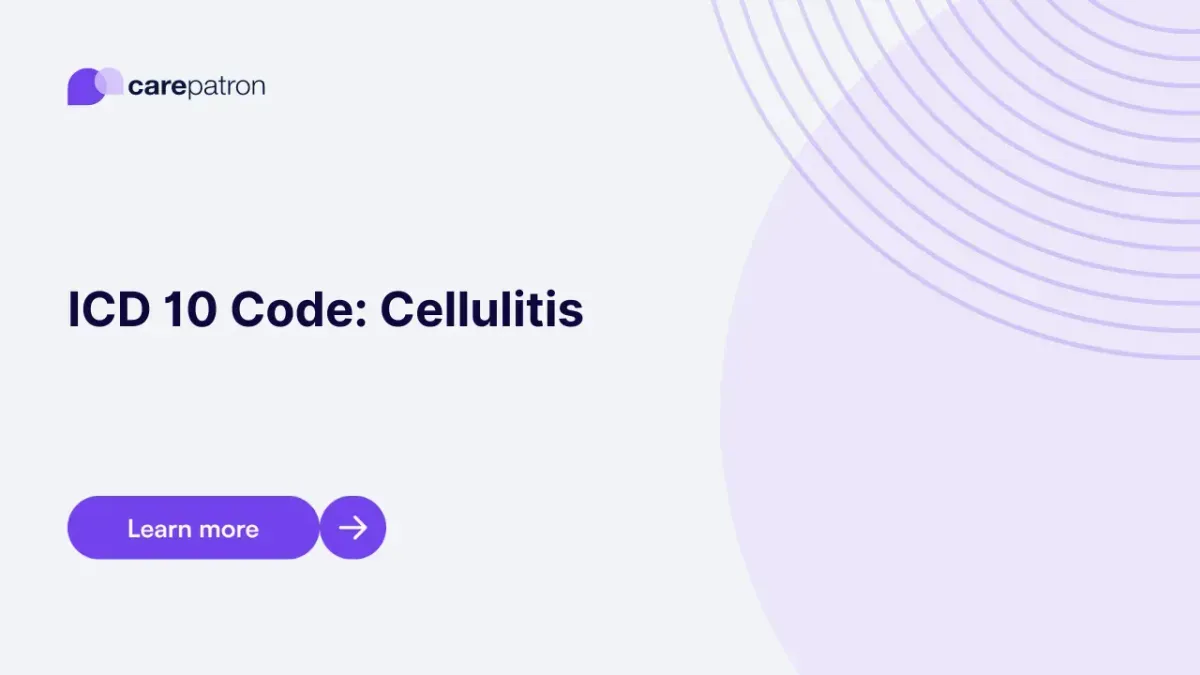
Cellulitis ICD-10-CM Codes | 2025
Explore ICD-10 codes for cellulitis, including billable options, affected areas, clinical symptoms, and treatment guidance for accurate medical billing.
Use Code
Commonly asked questions
Use a cellulitis ICD-10 code when diagnosing a bacterial skin infection characterized by redness, swelling, warmth, and pain in the affected area. Accurate coding is essential when cellulitis is confirmed through clinical examination and requires medical intervention.
Yes, cellulitis diagnosis codes are billable when fully specified by location, laterality, and severity. Only the complete ICD-10 codes—not the truncated parent codes—should be used for reimbursement purposes.
Treatment for cellulitis typically involves oral, intramuscular, or intravenous antibiotics depending on the infection’s severity. In more severe cases, hospitalization and supportive care may be necessary to manage symptoms and prevent complications.
EHR and practice management software
Get started for free
*No credit card required
Free
$0/usd
Unlimited clients
Telehealth
1GB of storage
Client portal text
Automated billing and online payments
